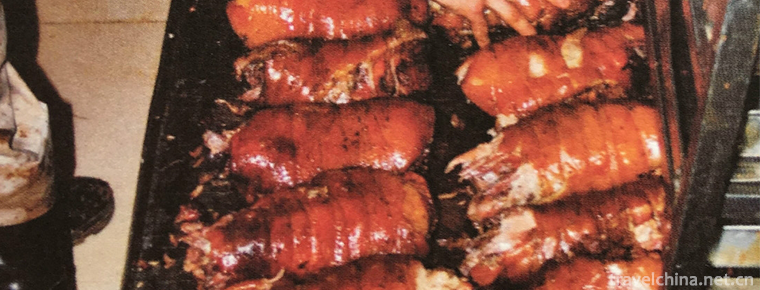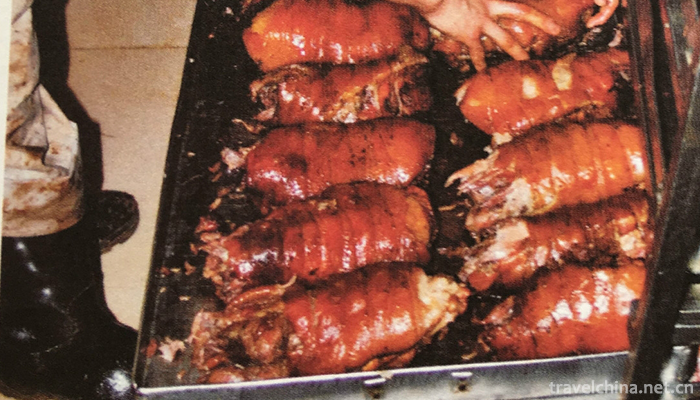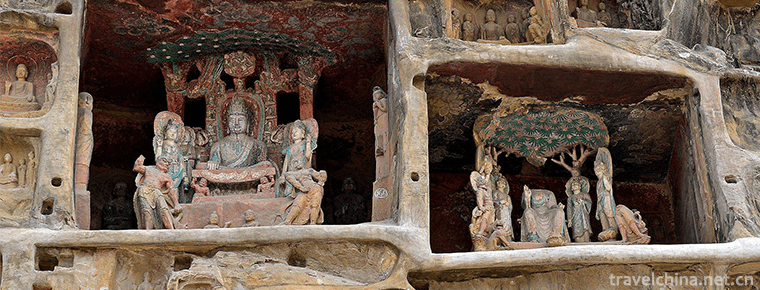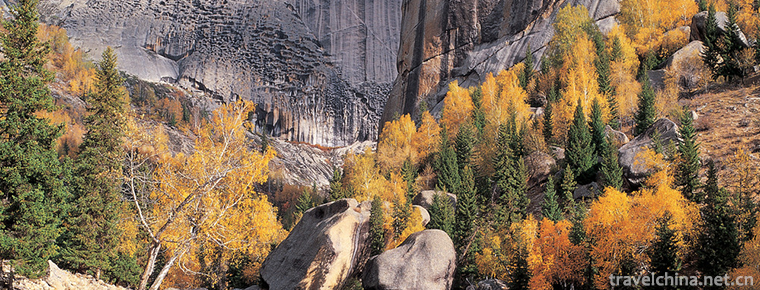2018-12-26

- By ChinaWiki.net
- Chinese Edition
- 2019-05-14
Traditional Processing Techniques of Liuweizhai Sauced Meat
Liuweizhai is a well-known Chinese brand which was founded in 1738 in the three years of Qianlong in Qing Dynasty. Its sauced meat, as a traditional food in China and a famous food in the Three Jin Dynasty, was once well-known as a tribute to the imperial palace.
Liuweizhai sauce meat traditional production techniques have been passed down from generation to generation, retaining the characteristics of traditional sauce meat production techniques. It chooses fresh (frozen) pork as raw material, and is processed into blocks by dividing, singing and other processes. After adding a variety of traditional Chinese medicines and condiments, it is made by brine, sauce and brushing. Liuweizhai sauce meat skin is bright, red and purple, fragrance overflowing. Seen from the appearance color as sauce-red or reddish-brown, after cutting with knife, the internal tissue is pink, the taste is rotten and delicious, fat but not greasy, thin but not wood, not only tastes delicious, often eaten, but also has the effect of health preservation, which really achieves the "medical and food homology". In the traditional craft of Liuweizhai, the sauce brush sauce technique is the embodiment of long-standing experience and inheritance characteristics, and it is the unique craft necessary for sauce meat processing. The sauce is made by boiling the filtered residue of the old soup of the marinated sauce meat. Because there are many processes in the process of making sauced meat, the pigskin is soft and tender after brine and sauce, and the appearance is not very good. Brushing juice is to protect pigskin, make the appearance beautiful, and improve the taste. The characteristics of "cooked but not rotten, sweet but not strong, salty but not astringent, bitter but not strong, light but not thin, fragrant but not tired, fat but not greasy, thin but not firewood" of Liuweizhai sauce meat embody the Chinese food culture of "harmony is the beauty".

Ask a Question
Your email address will not be published.



0 Questions